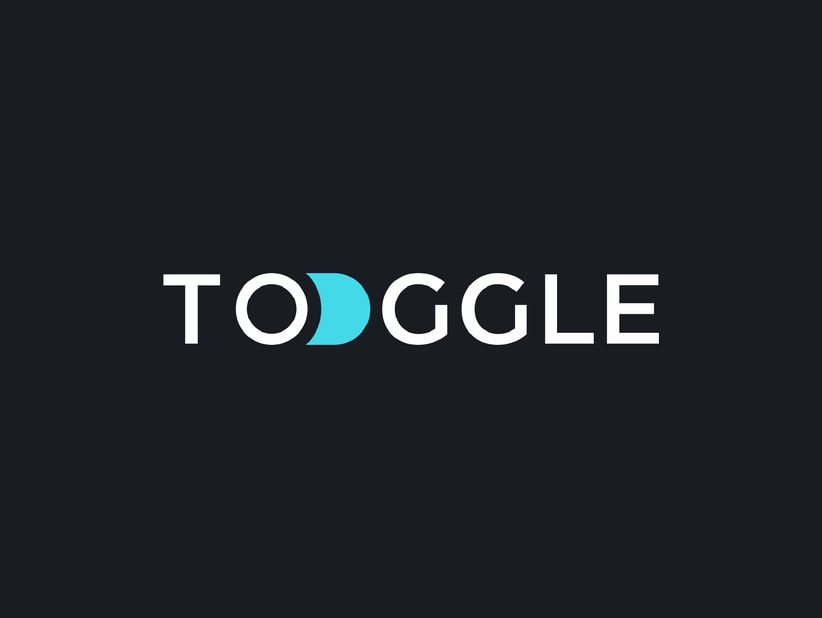
Dec 12
preview
Toggle AI is now Reflexivity! Click here to go to our new website
TLDR: If you’re an active stock investor, what are you most wishing for right now? Another way to invest in AI? Strong earnings season? Aggressive rate cuts? There is one thing you definitely don’t want: an unexpected recession.

By now, we’ve generally accepted that the Fed will probably manage a “soft economic landing.” The term was first used in 1970 - when America was fresh from a successful moon landing- to describe a gently slowing economy, avoiding a recession. Landing a spaceship gently on the lunar surface is pretty hard and, as it turns out, the economy isn’t any easier.
Historically, rapidly rising rates have always been associated with recessions. Except 1994-95. The Fed managed to slow the economy gently without plunging it into a recession in what is perhaps its most famous successful soft landing.
Actually, there have been others. Going back to 1949, there have been a total 3 soft landings when the Fed was hiking rates, and they all share one characteristic: the unemployment rate didn’t rise much, if at all.
In the three instances - 1964, 1984, and 1993-95 - the unemployment rate dropped each time and historically, bad recessions resulted whenever unemployment rose by more than half a percentage point from the low.
And this is where the story gets a little concerning. The Fed has a soft-landing indicator of sorts: the Sahm Rule recession indicator. As you can see below, it’s been quite accurate and recently started to rise again. In fact, there have been only two other times where it’s risen this high and we did not see a recession.

The Sahm Rule basically says that when the unemployment rate rises to at least half a percentage point above its low point in the past year, a recession has begun. After Friday’s jobs report, the Sahm Rule rose to 0.43. This is uncomfortably close to the recession trigger of 0.5. And it’s more than double the 0.2 level at the start of the year.
Both the Fed and the market currently expect a super slow cutting cycle. A recession isn’t part of the calculation.

JPMorgan reported a notable rise in Q2 profits, showing gains across the board. Net income increased to $18 billion, marking a 25% growth from the previous year, aided by an $8 billion gain from exchanging shares in Visa. Without these gains, however JPMorgan's earnings were $13.1 billion.
The Investment banking division outperformed expectations, with fees increasing by 50% year-over-year and 17% from the prior quarter. Mergers and acquisitions revenue reached $785 million, the highest since the third quarter of 2022.
Despite these successes, JPMorgan encountered a decline in net interest income for the second consecutive quarter, down by 1%, due to high interest rates, elevated deposit costs, and weak loan demand. Nevertheless, the bank is sticking to its full-year net interest income forecast of $91 billion, a 2% rise from last year.
Here is the historical 1-month response from bank stocks when JPMorgan is up 22% in 6 months and beats EPS estimates by $0.20:
Up next

Dec 12
preview